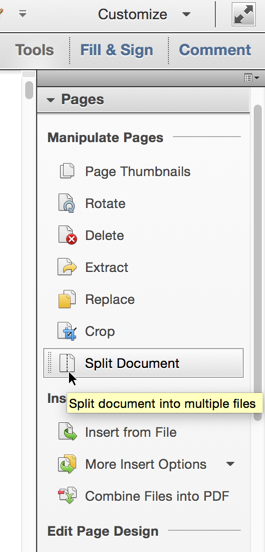

Geological Sequestration Data Tool (GSDT) Review the Class VI permit application outline. Applicants are also encouraged to review the Class VI Rule and EPA guidance documents, which are available on EPA’s website in order to gain a greater understanding of the Class VI permit application process. Prospective permit applicants are encouraged to consult with their UIC permitting authority about specific needs for their project early in the application process. The outline also functions as a detailed index to multiple EPA Class VI guidance documents, which contain information relevant to the completion of a Class VI application. The document provides an overview of the items and the associated activities an applicant may complete during the development of an application to inject CO2 for GS under the UIC Class VI program. The final guidance documents clarify the requirements of the Class VI regulations and provide additional recommendations for implementation and compliance.ĮPA developed a permit application outline for UIC Class VI wells.
The guidance documents were prepared to provide program implementation assistance for UIC directors and compliance assistance for owners or operators of Class VI wells. Review the table of Class VI wells permitted by EPA.ĮPA developed guidance documents to support the Class VI regulations. Inventory of Class VI wells permitted by EPAĮPA maintains an inventory of permitted Class VI wells. Information obtained under the Greenhouse Gas Reporting program will enable EPA to track the amount of carbon dioxide received by these facilities. In a separate rulemaking under authority of the Clean Air Act, EPA has finalized reporting requirements under the Greenhouse Gas Reporting program for all facilities that inject CO2 underground. The flexibility includes deep formations and oil and gas fields transitioned to carbon dioxide storage sites. The rule provides owners or operators injection depth flexibility in different geologic settings across the United States. The Class VI rule builds on existing UIC program requirements, with extensive tailored requirements that address carbon dioxide injection for long-term storage to ensure that wells used for geologic sequestration are appropriately: These requirements, also known as the Class VI rule, are designed to protect underground sources of drinking water. CO2 injection specifically for GS involves different technical issues and potentially much larger volumes of CO2 and larger scale projects than in the past.ĮPA has finalized requirements for GS, including the development of a new class of wells, Class VI, under the authority of the SDWA's UIC program. Underground injection of CO2 for purposes such as enhanced oil recovery (EOR) and enhanced gas recovery (EGR) is a long-standing practice. This is part of a process frequently referred to as “carbon capture and storage” or CCS. Geologic sequestration is the process of injecting carbon dioxide, captured from an industrial (e.g., steel and cement production) or energy-related source (e.g., a power plant or natural gas processing facility), into deep subsurface rock formations for long-term storage.


In December 2010, EPA published the Federal Requirements Under the Underground Injection Control (UIC) Program for Carbon Dioxide (CO2) Geologic Sequestration (GS) Wells Final Rule (Class VI Rule).


 0 kommentar(er)
0 kommentar(er)
